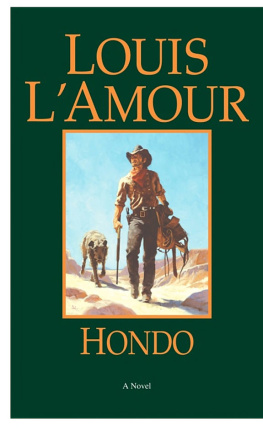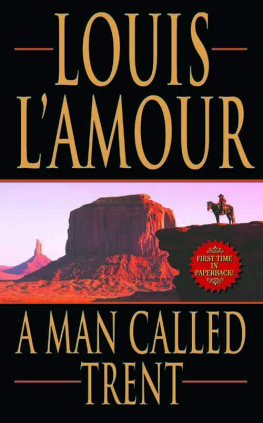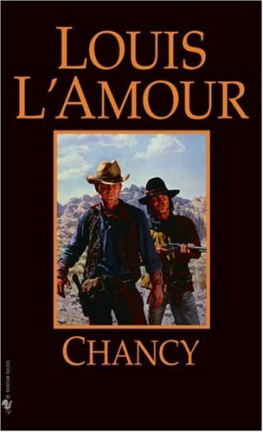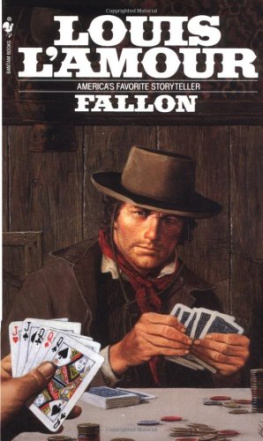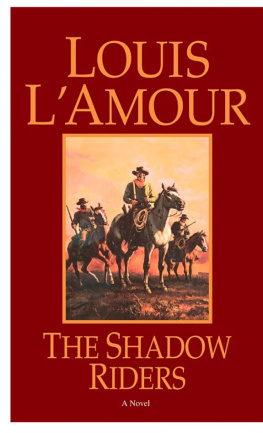Louis LAmour - Buckskin Run: Stories
Here you can read online Louis LAmour - Buckskin Run: Stories full text of the book (entire story) in english for free. Download pdf and epub, get meaning, cover and reviews about this ebook. year: 2003, publisher: Bantam, genre: Detective and thriller. Description of the work, (preface) as well as reviews are available. Best literature library LitArk.com created for fans of good reading and offers a wide selection of genres:
Romance novel
Science fiction
Adventure
Detective
Science
History
Home and family
Prose
Art
Politics
Computer
Non-fiction
Religion
Business
Children
Humor
Choose a favorite category and find really read worthwhile books. Enjoy immersion in the world of imagination, feel the emotions of the characters or learn something new for yourself, make an fascinating discovery.

- Book:Buckskin Run: Stories
- Author:
- Publisher:Bantam
- Genre:
- Year:2003
- Rating:4 / 5
- Favourites:Add to favourites
- Your mark:
- 80
- 1
- 2
- 3
- 4
- 5
Buckskin Run: Stories: summary, description and annotation
We offer to read an annotation, description, summary or preface (depends on what the author of the book "Buckskin Run: Stories" wrote himself). If you haven't found the necessary information about the book — write in the comments, we will try to find it.
Buckskin Run: Stories — read online for free the complete book (whole text) full work
Below is the text of the book, divided by pages. System saving the place of the last page read, allows you to conveniently read the book "Buckskin Run: Stories" online for free, without having to search again every time where you left off. Put a bookmark, and you can go to the page where you finished reading at any time.
Font size:
Interval:
Bookmark:
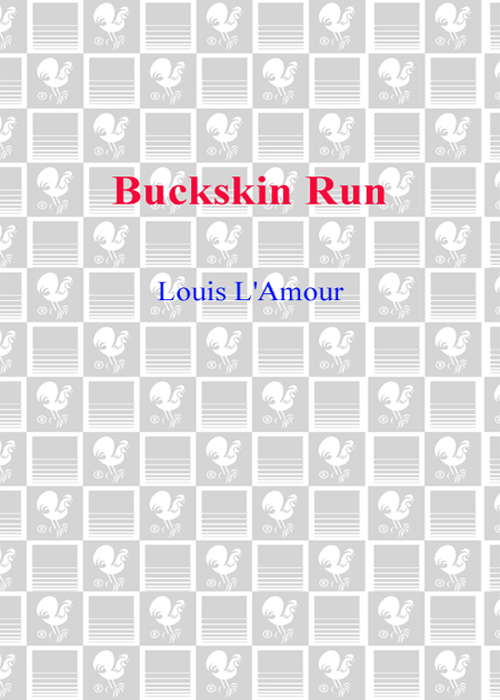
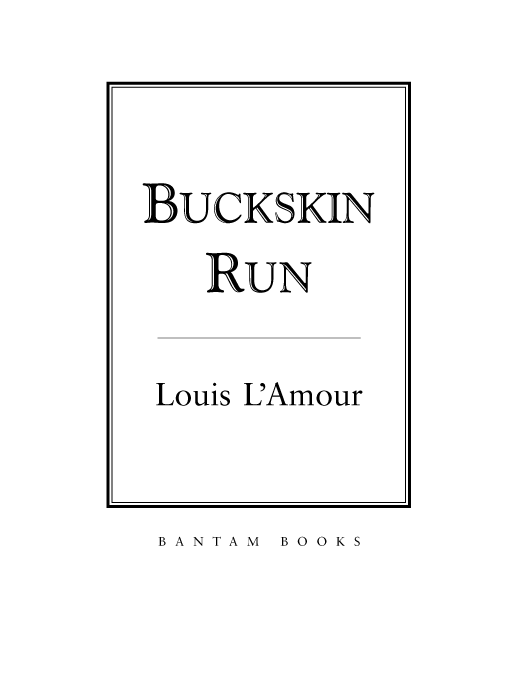
Contents
DEATH DUE US PART
A MAN LAY flat in the middle of the trail, blood staining the back of his vest. Beside his right hand lay a six-shooter.
To the left of the road were four riders, sitting their horses with hands uplifted. Facing the four was a young man with dark, wavy hair. There was an empty holster on his hip and he held two guns in his hands.
From inside the stagecoach, Loma stifled a cry. Rod! she gasped. Rod Morgan!
Her voice was low, but Jed Blue overheard. Is that your man? he asked.
She nodded, unable to speak. It was true then, she thought. He was a killer! He had just shot that man.
Loma Day drew back into the stage, her hands to her face. Horror filled her being. That limp, still body! Rod Morgan had killed him!The stage started to roll.
Hey? Blue caught at Lomas arm. Aint you even goin to call to him? Aint you goin to let him know youre here?
No! Dont tell him! Please dont!
Blue leaned back, shaking his head admiringly. Handy, right handy! That gent who was down in the road was drilled plumb center!
Loma did not hear him. Rod! Her Rod! A killer!
To Jack Evans
Introduction
T HE STORIES IN this collection are fiction based upon a knowledge of events of a similar nature. The Historical Notes are exactly that, bits of western violence lifted from the day-by-day lives of western people. It was not, as many have surmised, a lawless time. The duel was, in many quarters of the world, still the accepted method of settling disputes. However, at the time of the gun battles related here the days of the Code Duello were at an end.
Often I have been asked if such gunfights actually took place, for there are those who believe such stories are the stuff of fiction, or invented by makers of motion pictures. Several writers have attempted to list the gunfighters and the gunfights, and one author has listed 587 gun battles, and has done it well, but there were at least four times that many in the period from 1850 to 1910. None of the gun battles in my historical notes, for example, are included in that book. To list them all is difficult, if not impossible, yet we do have the files of old newspapers, court records, coroners reports, and diaries, which are helpful.
It is well to mention, however, that ninety percent of the gun battles took place in either saloons, the red light district, or out on the range, having little or no effect on the daily lives of most of the citizens.
None of the Historical Notes are intended to have any connection with the stories I have written. They are included rather as a part of the whole picture I am presenting in my books, and to indicate that such things were, in fact, happening.
Gunplay did not enter the life of every citizen, although a time might come when any man might be called upon to defend himself. The law, if present, was often beyond call, even as now. Nor was the western man inclined to call for help. He who settled his own difficulties was most respected.
The gunfighter was not inclined to wear a gun slung low on his hip, and swagger about town. That was for the tinhorns or the would-bes. More often than not he dressed in a conservative manner and went about his business quietly and with dignity. In fact, in one of the most noted gun duels, where two of the top operators in the field met, both men drew not from low-slung holsters but from their hip pockets. This was the fight in Fort Worth between Long-Haired Jim Courtright and Luke Short.
Television and motion pictures have made everyone familiar with the names of Billy the Kid, Wild Bill Hickok, Bat Masterson, and Wyatt Earp, so I have purposely avoided them. In their time there were at least a hundred men as well, if not better, known.
Various cliches have arisen from one source or another, and one that resulted from its use in the Spanish-American War is the notion that a .45 will always knock a man down. Dont you believe it. I could relate at least a hundred cases where men took .45-caliber bullets and kept right on coming.
Another cliche of motion pictures and television is the gunman or outlaw who, alone or with a gang, terrorizes a western town. One has to remember that the period of the gunfighter was in the years of the mining booms and cattle drives following the Civil War. Several hundred thousand men went west, from the army or civilian life, who had been using guns. Many were veterans of the Union or Confederate armies, and they not only could shoot but had been shooting. Others were veterans of Indian fighting, and a large percentage of those who came west had hunted meat for the table. They knew just as much about guns and had used them as much or more than any pack of ratty outlaws who came down the pike. And they werent about to take any nonsense.
An illustration: In Northfield, Minnesota a bunch of farmers and businessmen shot the Jesse James gang almost out of existence, and in Coffeyville, Kansas the local citizenry wiped out the Doolin-Dalton gang. Emmett Dalton survived to sell real estate in Los Angeles, but he was carried from the field pretty well ballasted with buckshot. One could list a dozen more such occasions.
All this was but one aspect of a varied picture, for most people worked hard and for long hours. Social activity for families and many others centered around the churches, although there were dances, box suppers, horse races, as well as foot races (a very popular activity), and some towns such as Dodge City had both band concerts and baseball games. Often there were prize fights. Occasionally traveling groups of actors would present their shows.
Court sessions were eagerly awaited for the drama they offered, and certain trial lawyers had greater followings than any matinee idol. The same was true of revival ministers who preached the gospel in small western towns. Many of those in the audience came more to hear his presentation than for the Holy Word, a fact of which he was usually aware.
THE GHOSTS OF BUCKSKIN RUN
F OR TWO DAYS they had seen no other traveler, not even a solitary cowhand or an Indian. There had been the usual stops to change teams, an overnight layover at Westons ranch, but no other break in the monotony of the journey.
There was no comfort in the west-bound stage. The four passengers alternately dozed or stared miserably at the unchanging desert, dancing with heat waves.
No breeze sent a shaft of coolness through the afternoons heavy heat. Aloma Day, bound for Cordova, a tiny cowtown thirty miles further along the trail, felt stifled and unhappy. Her heavy dress was hot, and she knew her hair looked a fright.
The jolting of the heavy coach bouncing over the rocky, ungraded road had settled a thin mantle of dust over her clothes and skin. The handkerchief with which she occasionally touched her cheeks and brow had long since become merely a miserable wad of damp cloth.
Across from her Em Shipton, proprietor of Cordovas rooming and boarding establishment, perspired, fanned, and dozed. Occasionally she glanced with exasperation at Alomas trim figure, for to her the girl seemed unreasonably cool and immaculate. Em Shipton resembled a barrel with ruffles.
Mark Brewer, cattle buyer, touched his mustache thoughtfully and looked again at the girl in the opposite corner of the stage. She was, he decided, almost beautiful. Possibly her mouth was a trifle wide, but her lips were lovely, and she laughed easily.
Next pageFont size:
Interval:
Bookmark:
Similar books «Buckskin Run: Stories»
Look at similar books to Buckskin Run: Stories. We have selected literature similar in name and meaning in the hope of providing readers with more options to find new, interesting, not yet read works.
Discussion, reviews of the book Buckskin Run: Stories and just readers' own opinions. Leave your comments, write what you think about the work, its meaning or the main characters. Specify what exactly you liked and what you didn't like, and why you think so.

